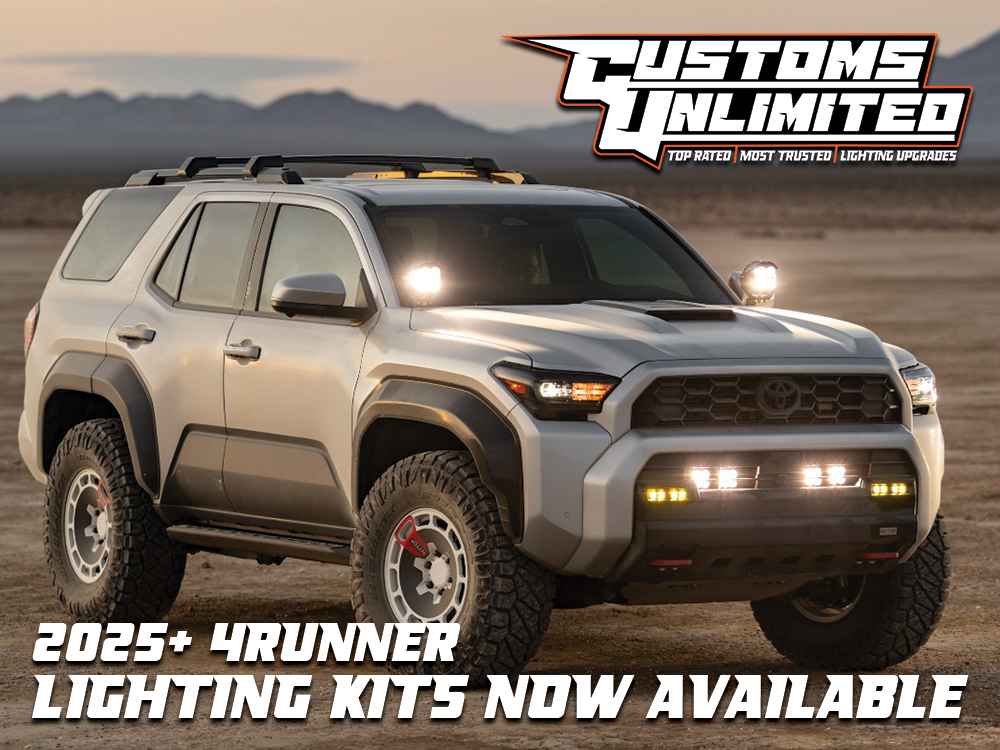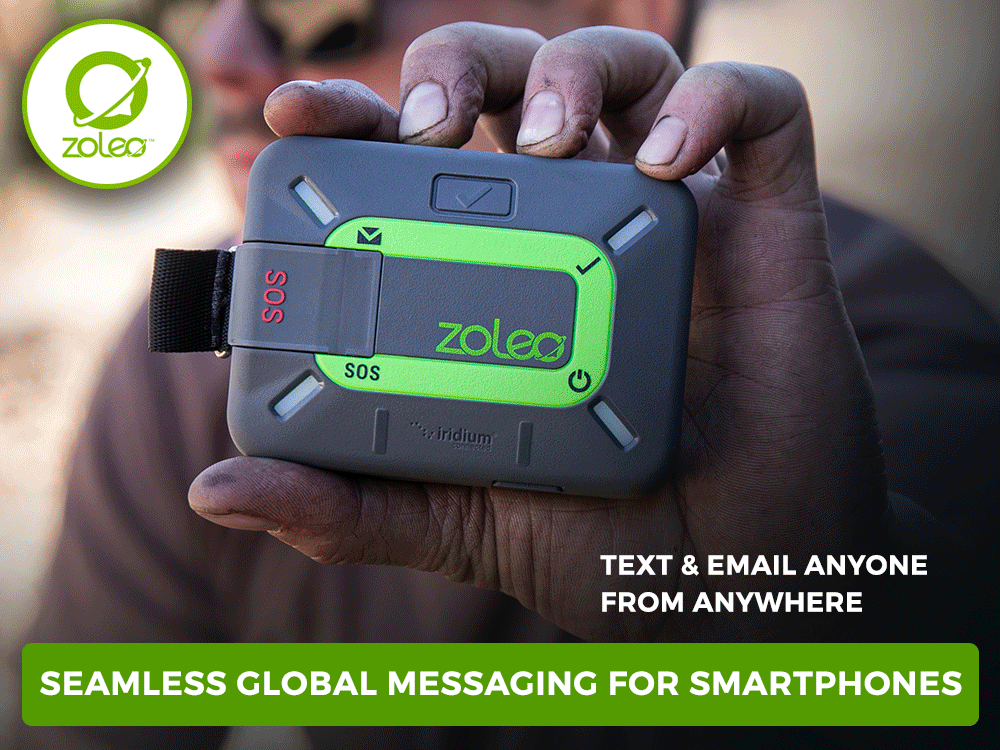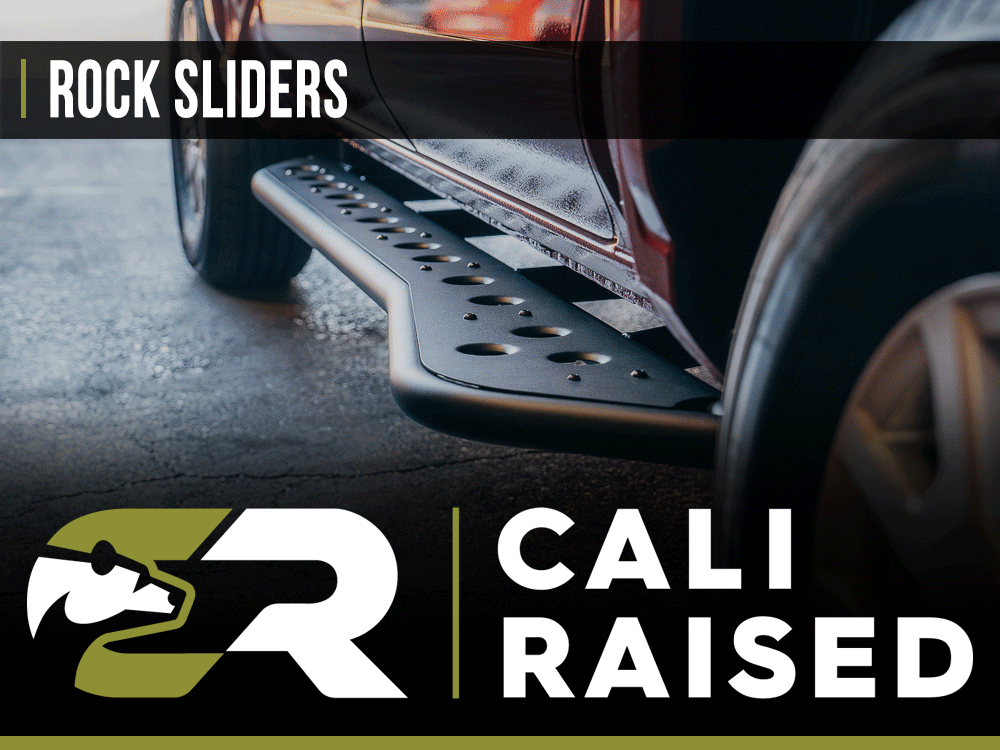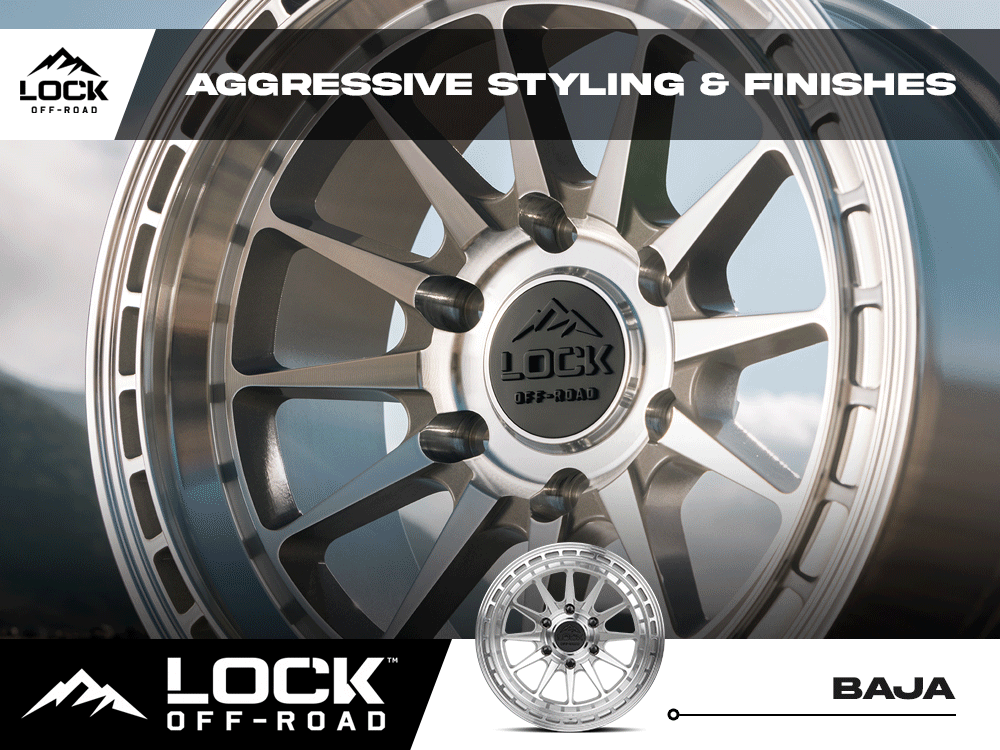- Joined
- Mar 26, 2024
- Messages
- 566
- Reaction score
- 346
- Location
- Sacramento, CA
- Website
- trail4runner.com
- IG Page
- Visit Instagram
The 5th Gen 4Runner has large interior control knobs, but the 2025+ 4Runner introduces a whole new meaning to the word bold.

The updated interior on the new model offers a blend of modern touchscreen technology and practical classic physical controls. Toyota chose to send it with long-term usability and bulletproof user experience in mind. Chief Interior Designer Benjamin Jimenez emphasized the importance of considering user experience over futuristic trends. This is one thing we all love about the 4Runner, just how practical it is. The continued body-on-frame platform still offers those classic creature comforts we all know and love; large user-friendly climate control + volume up/down dials and then they took it up a notch with integrated digital display interfaces.
While touchscreens surged in popularity due to their high-tech appearance, concerns over distraction and usability have prompted a shift back to physical controls. Buttons and dials provide immediate access to essential functions, particularly advantageous in scenarios like driving in cold weather with gloves on.
Beyond practicality, physical controls offer a tactile authenticity that enhances the overall driving experience. Jimenez highlights the intentional design choices behind the 4Runner's buttons and dials, ensuring usability even in rugged off-road conditions.
This deliberate design approach results in interiors that are both aesthetically pleasing and highly functional. By prioritizing user experience over trendiness, the 4Runner stands out in an industry often focused on following the crowd.

The button face offers a tactical-like injection molded shroud with integrated tiny bolt heads all the way around. We're unsure if the bolts are actually functional but knowing Toyota, they likely are. In the center of the dial, you have a digital display interface that is specific to your zone in the cabin. Creature comforts we have never seen on the 4Runner before. On the backside of the shroud, you will find rubber grip dial controls to further enhance your user experience offering one-click indicators of where your climate setting is. Finally, Toyota finishes everything off with knurled plastics. There is knurling behind the climate control knobs, and on every toggle/rocker switch of the center console.

On the driver's side, you will find a ton of new buttons; an automatic liftgate, automatic high beams, what looks like a fuel door button (taking it back to the 1st Gen 4Runner!), and more. For the TRD PRO and Trail Hunter models, you will find a TRD Lightbar button, and Auxillary buttons labeled Aux 1 - Aux 4. These new auxiliary buttons are for your aftermarket accessories; lights, winch, compressor, etc.

This new 4Runner is loaded with new buttons, yet keeps its minimalist design and user-first mentality at the core.
The updated interior on the new model offers a blend of modern touchscreen technology and practical classic physical controls. Toyota chose to send it with long-term usability and bulletproof user experience in mind. Chief Interior Designer Benjamin Jimenez emphasized the importance of considering user experience over futuristic trends. This is one thing we all love about the 4Runner, just how practical it is. The continued body-on-frame platform still offers those classic creature comforts we all know and love; large user-friendly climate control + volume up/down dials and then they took it up a notch with integrated digital display interfaces.
While touchscreens surged in popularity due to their high-tech appearance, concerns over distraction and usability have prompted a shift back to physical controls. Buttons and dials provide immediate access to essential functions, particularly advantageous in scenarios like driving in cold weather with gloves on.
Beyond practicality, physical controls offer a tactile authenticity that enhances the overall driving experience. Jimenez highlights the intentional design choices behind the 4Runner's buttons and dials, ensuring usability even in rugged off-road conditions.
This deliberate design approach results in interiors that are both aesthetically pleasing and highly functional. By prioritizing user experience over trendiness, the 4Runner stands out in an industry often focused on following the crowd.
Design Elements
The button face offers a tactical-like injection molded shroud with integrated tiny bolt heads all the way around. We're unsure if the bolts are actually functional but knowing Toyota, they likely are. In the center of the dial, you have a digital display interface that is specific to your zone in the cabin. Creature comforts we have never seen on the 4Runner before. On the backside of the shroud, you will find rubber grip dial controls to further enhance your user experience offering one-click indicators of where your climate setting is. Finally, Toyota finishes everything off with knurled plastics. There is knurling behind the climate control knobs, and on every toggle/rocker switch of the center console.
Driver Side Button Stack
On the driver's side, you will find a ton of new buttons; an automatic liftgate, automatic high beams, what looks like a fuel door button (taking it back to the 1st Gen 4Runner!), and more. For the TRD PRO and Trail Hunter models, you will find a TRD Lightbar button, and Auxillary buttons labeled Aux 1 - Aux 4. These new auxiliary buttons are for your aftermarket accessories; lights, winch, compressor, etc.
Full Interior Detail
This new 4Runner is loaded with new buttons, yet keeps its minimalist design and user-first mentality at the core.
Last edited:







